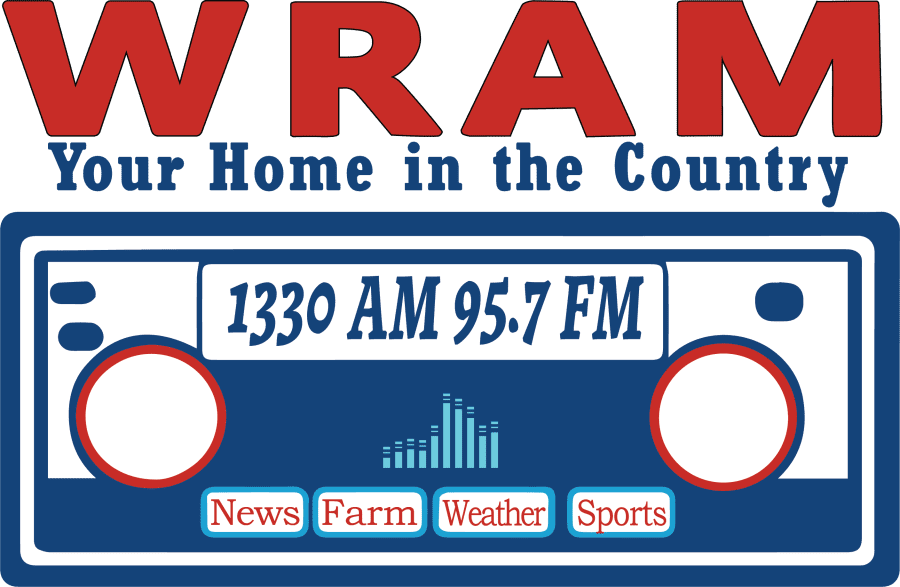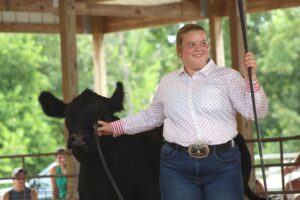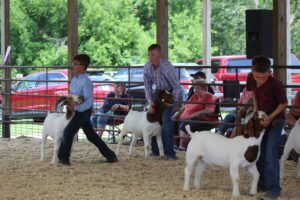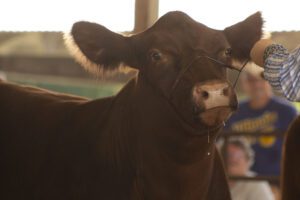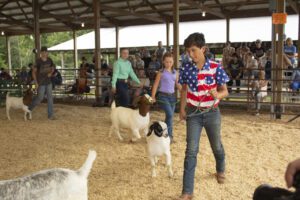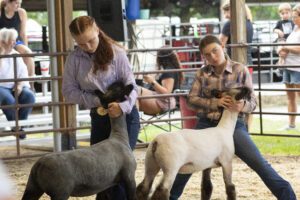Since April, farmers in Illinois have been faced with small windows of planting opportunities as they work to plant the 2024 crop. As farmers wrap up planting and replanting for the year, Stephanie Porter, an outreach agronomist with Illinois Soybean Association shares what agronomists are looking at when it comes to getting the most out of late-season soybean planting.
“A lot of agronomists or Extension people like to promote pushing up the population of soybeans or the seeding rate. And that doesn’t necessarily always account for more yield, but it helps you get to a more desired yield, perhaps by adding more nodes in which you get possibly more leaves which can capture sunlight,” says Porter. “The other reason for a higher seeding rate might be the help with the soybean height. The later you plant, sometimes the soybeans are not very tall at all, and we worry about pods being too close to the ground and not getting into the combine which is not good either for for yield.”
Porter adds that the variety of soybeans you are using will also impact the results from implementing higher seeding rates and the height of the plant.

